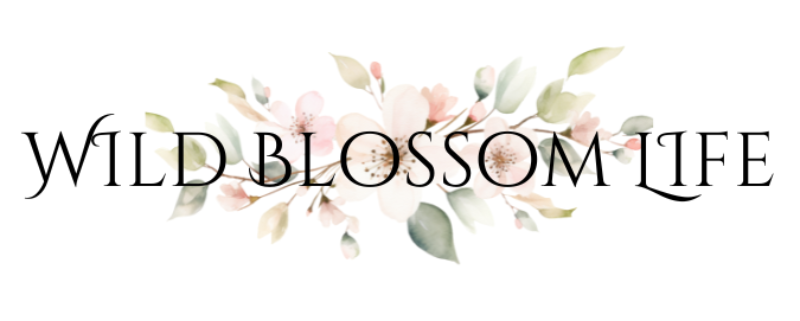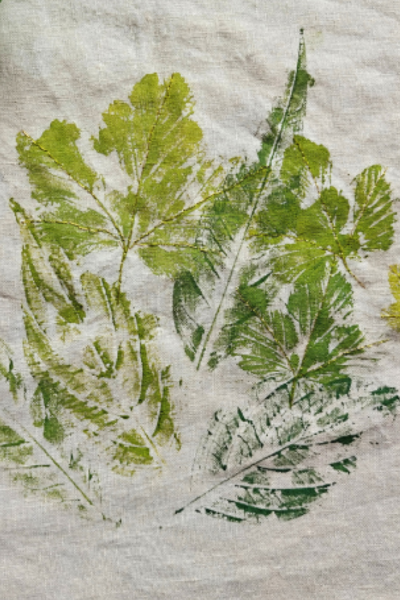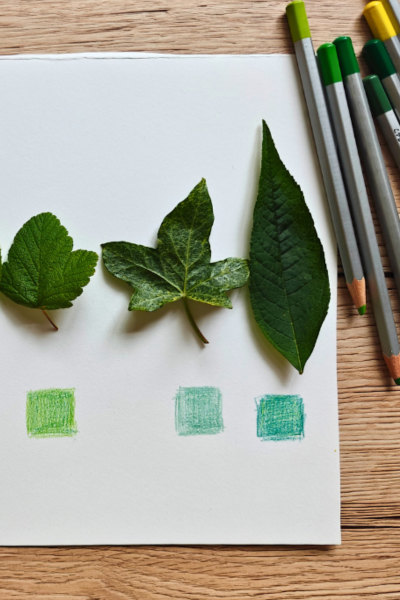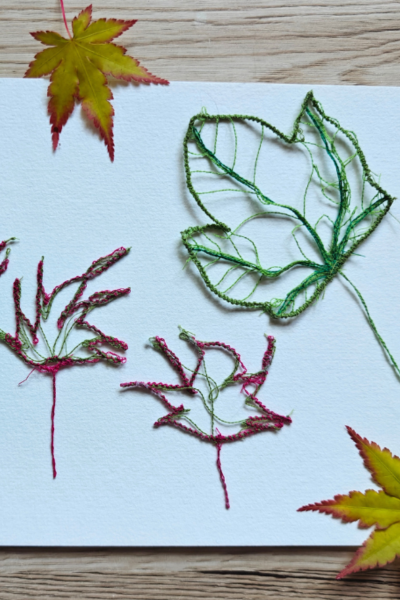Creativity and Using All Our Senses
Years ago, when I was a teacher, I remember that people beginning to talk about children as being different kinds of learners. Some children were auditory learners, which meant they learnt through listening, others were visual learners, which meant they found it easier if there was a diagram…






